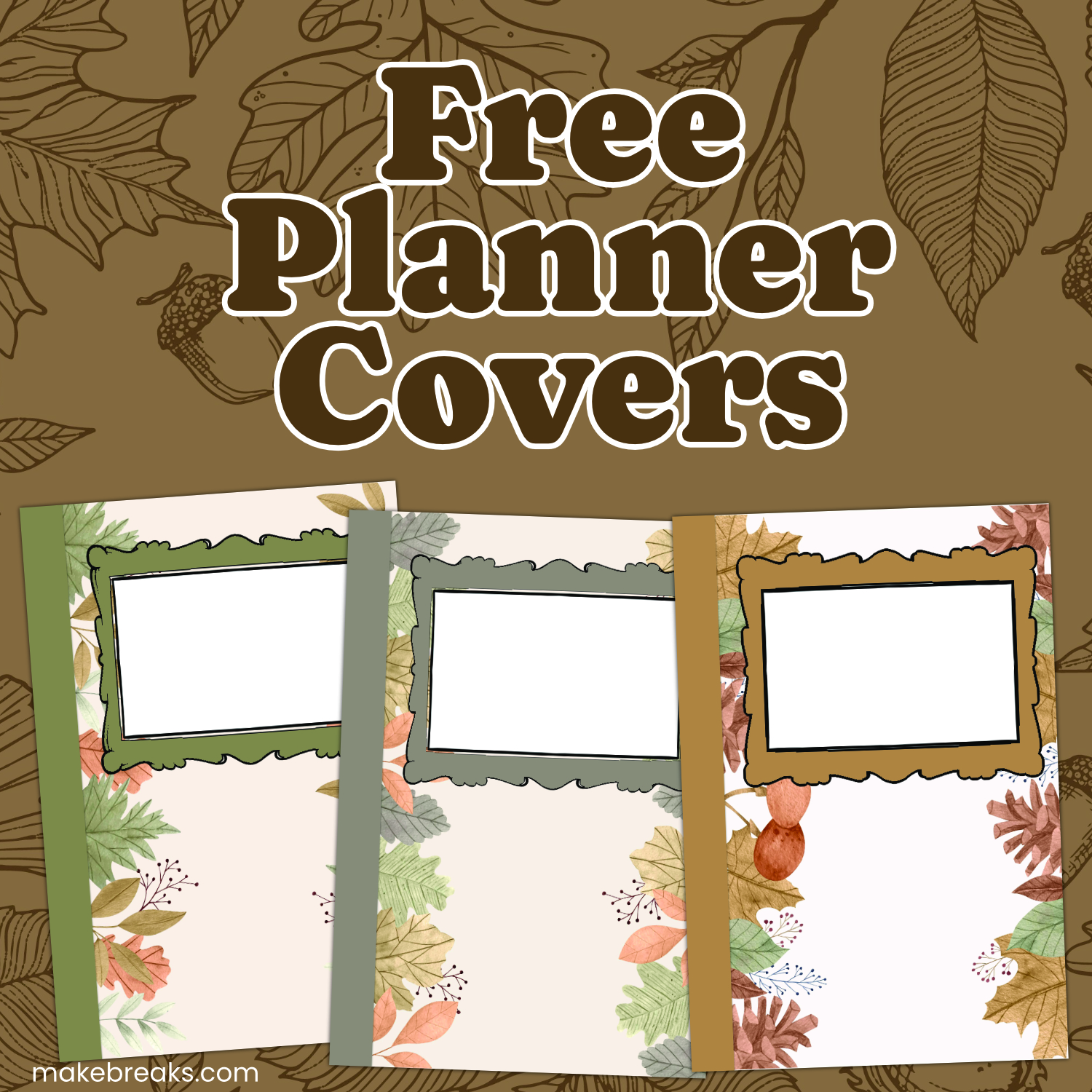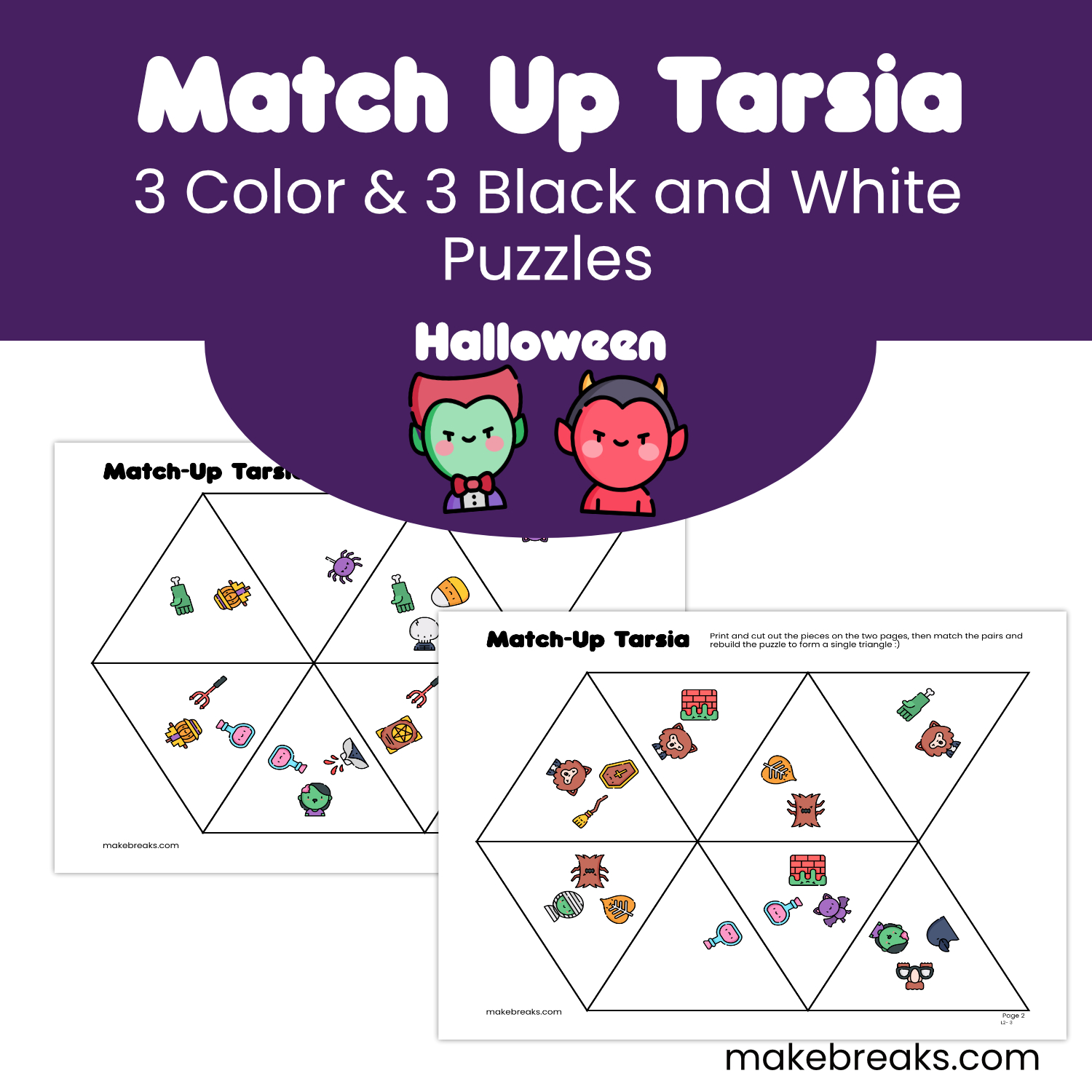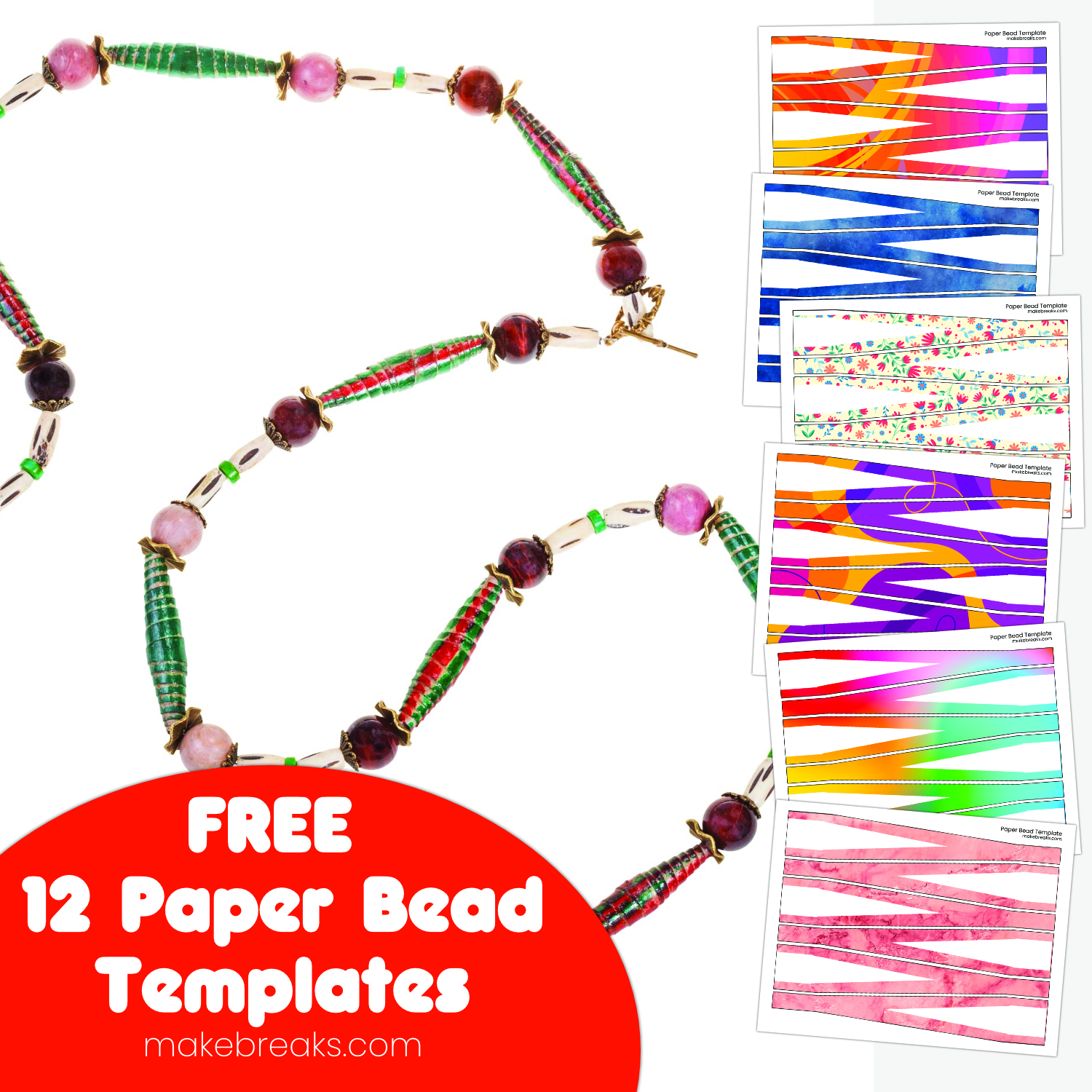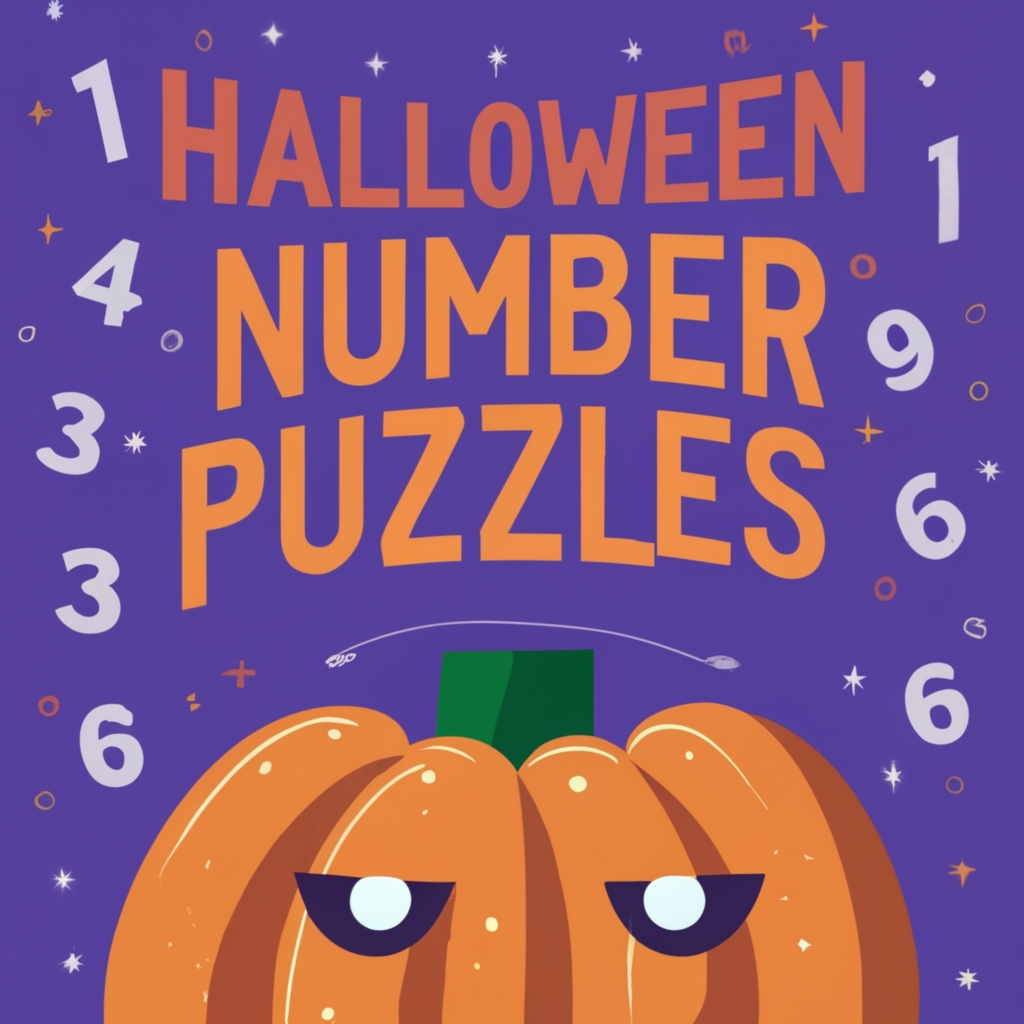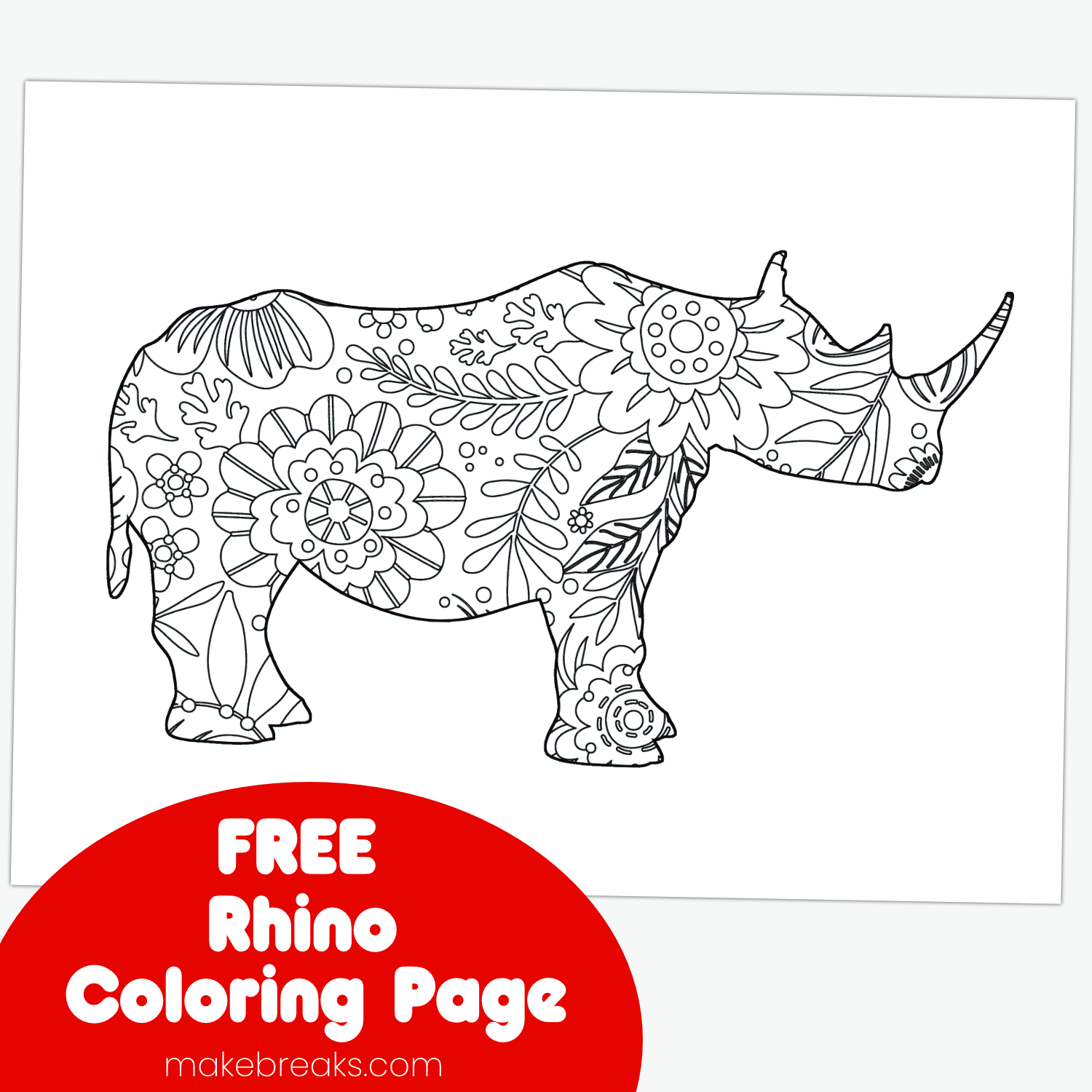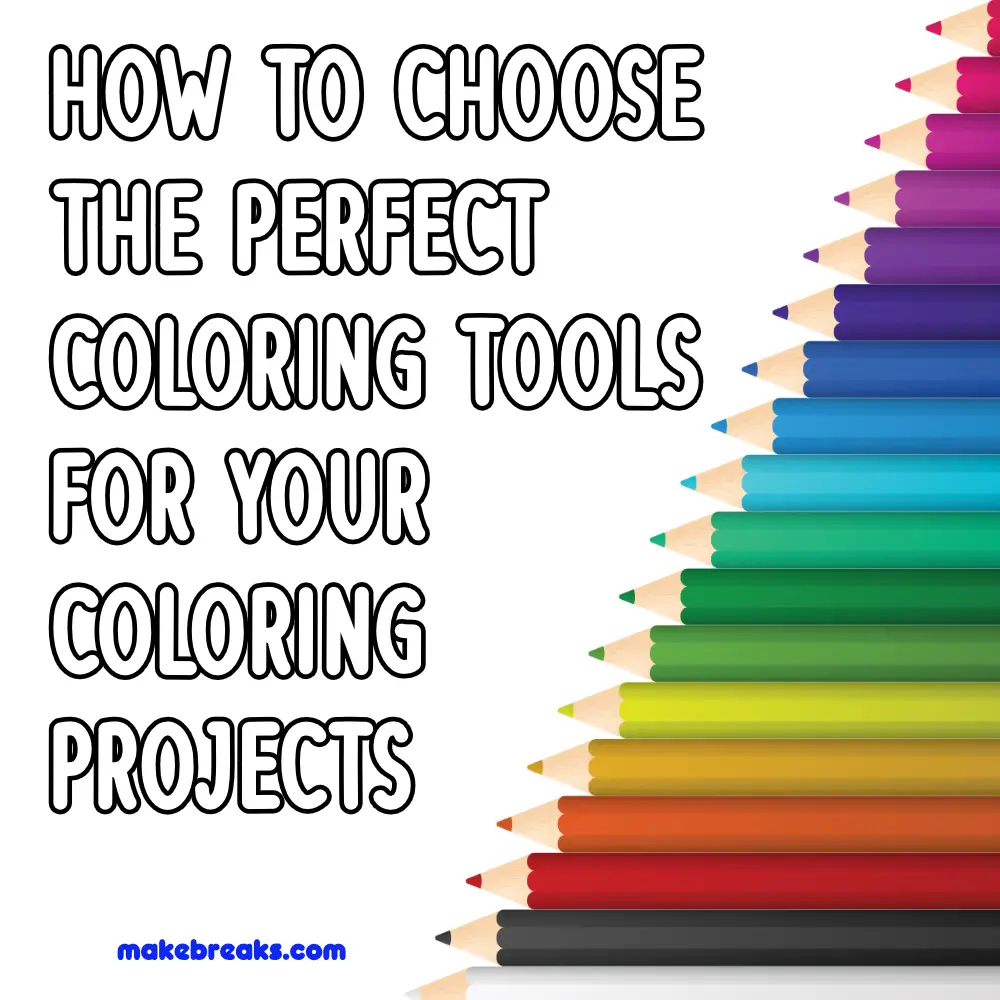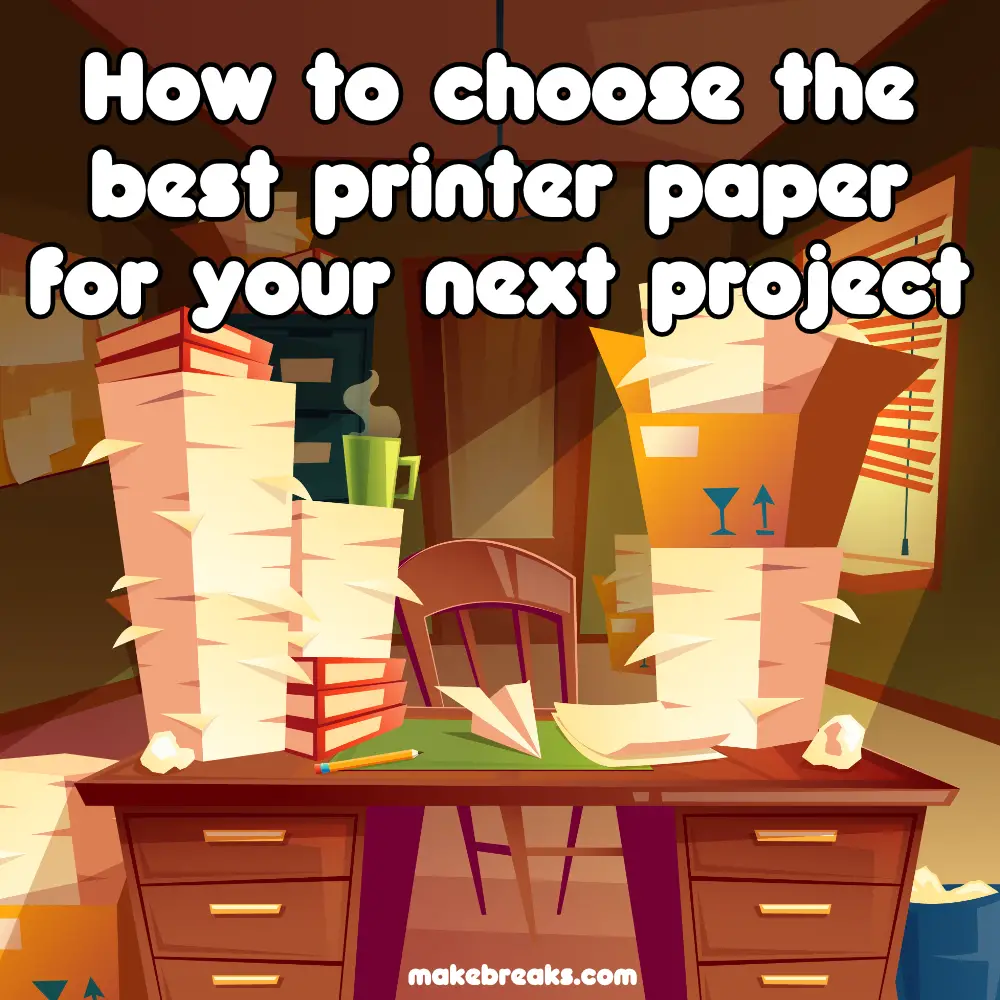Printer paper remains an essential supply, whether it’s for printing masterful wall art (check out our free printable wall art for some ideas), creating intricate coloring pages (take a look at our 100s of free coloring pages), or completing items like puzzles and worksheets. Selecting the right paper for these diverse purposes can greatly enhance the quality of your creations. To ensure you make the best choice, here’s a usefil guide on what to look for when selecting paper for various home printing needs.
Printing Paper Type and Weight
The type of paper you choose significantly impacts the final result. For coloring pages and wall art, consider heavier paper (around 120-160 gsm) with a smooth surface that can handle various media, such as markers, colored pencils, and even light watercolor. For disposable items like puzzles and worksheets, a slightly lighter weight (around 80-100 gsm) is usually sufficient.
Best Value Everyday Printer Paper
For a good basic paper check out Amazon’s own paper. This is a good all-purpose paper that is suitable for a variety of printing needs, including documents, flyers, and presentations. It is 20lb weight and has a 92 brightness rating, which means it is white and opaque. It is also acid-free, which means it will not yellow over time. This paper is available in reams of 500 sheets and is very affordable.
Alternatively, check out Hammerhill Premium Multipurpose paper. This paper is a step up from the Amazon Basics paper and is made with a higher quality cotton fiber. It is 24lb weight and has a 97 brightness rating, which makes it even whiter and more opaque. It is also acid-free and chlorine-free. This paper is available in reams of 500 sheets and is a good choice for printing high-quality documents such as coloring pages and wall art.
Best Colored Paper for Printing
If you are looking for colored paper (which is ideal for printing out our alphabet templates and other goodies), take a look at Astrobrights Color Paper. This paper is perfect for printing any projects that need a pop of color. It comes in a variety of bright colors, including pink, blue, green, and yellow. It is 16lb weight and has a 92 brightness rating. This paper is available in a variety of pack sizes and is a great way to add some fun and creativity to your printing projects.
Consider Finish and Texture
The finish of the paper plays a vital role in the appearance of your prints. For wall art and coloring pages, a matte finish offers a sophisticated look, reduces glare, and allows for better color saturation. Glossy finishes, on the other hand, lend a vibrant and reflective quality to images.
You could also try one of the printable watercolor paper options. These give a fantastic authentic watercolor feel.
Best Printing Paper for Coloring Pages
Coloring pages may be best printed onto a smooth paper or cardstock. This makes it easier to color and gives a more consistent finish (that’s not to say you can’t get some great results on textured paper – the key here is to experiment and see what works best for you!).
For a great coloring page option consider Neenah Premium Cardstock. This paper is a bit heavier than the other options, but it is a good choice for coloring pages as it will avoid color bleeding through to the other side. It is 65 lb weight and has a smooth finish that is ideal for colored pencils and markers. It is also acid-free and lignin-free, which means it will not yellow over time and is ideal if you want to frame or keep your finished coloring projects.
Color Reproduction for Wall Art
When printing wall art, accurate color reproduction is paramount. Look for paper that is specifically designed for color printing, as it will ensure that the colors remain true to the original artwork. Many paper manufacturers provide color profiles for their products, which can be used to calibrate your printer for optimal results.
One great option is Epsom Velvet Fine Art paper. It is museum quality, acid-free base to preserve fine art and photos, 100% cotton rag for archivability and has a bright white surface for excellent color reproduction.
Tips for Choosing the Right Paper for Your Project
Here are some tips for picking the right paper for your next printable project:
Archival Quality
If you’re aiming for longevity, especially with wall art and decor, opt for acid-free and lignin-free paper. These papers are less prone to yellowing and deterioration over time, preserving your creations for years to come.
However, this is only necessary with project you want to keep. For every day use, a simple basic printing paper will be fine.
Printer Compatibility
Always check if the paper you’re considering is compatible with your printer. Some printers might have limitations on paper weight or type. Using the right paper can prevent jams and ensure smooth printing.
Environmental Considerations
If environmental sustainability is a concern, look for paper that is certified by organizations like the Forest Stewardship Council (FSC), which ensures responsible forestry practices. Recycled paper options are also available, which can reduce your carbon footprint.
Pack Sizes and Cost
Consider the quantity of paper you need. Many manufacturers offer various pack sizes to suit your needs. Buying in bulk might be more cost-effective in the long run. However, if you’re experimenting with different paper types, it’s wise to start with smaller quantities.
Brand Reputation
Reputable paper brands often offer consistent quality. Look for well-known brands that have a history of producing reliable and high-quality printing paper.
Reviews and Recommendations
Before making a purchase, browse online reviews and seek recommendations from fellow artists, crafters, or anyone with relevant experience. Personal insights can help you make an informed decision.
Trial and Experimentation:
Don’t hesitate to try out different paper types before committing to a particular one. Print test pages to assess color accuracy, texture, and overall print quality. This experimentation will help you find the perfect paper for your specific needs.
Selecting the right paper for your home printing endeavours involves careful consideration of factors such as type, weight, finish, color reproduction, archival quality, compatibility, environmental impact, pack sizes, brand reputation, and recommendations. By following these guidelines and taking the time to experiment, you’ll be well-equipped to produce stunning creations that showcase your artistic talent and attention to detail.


